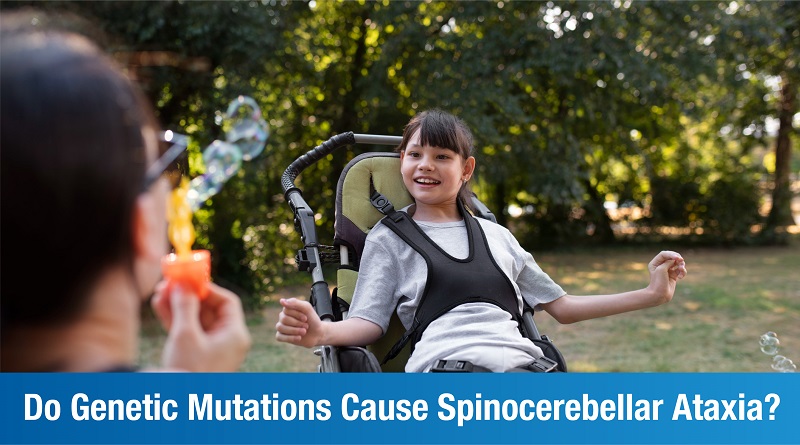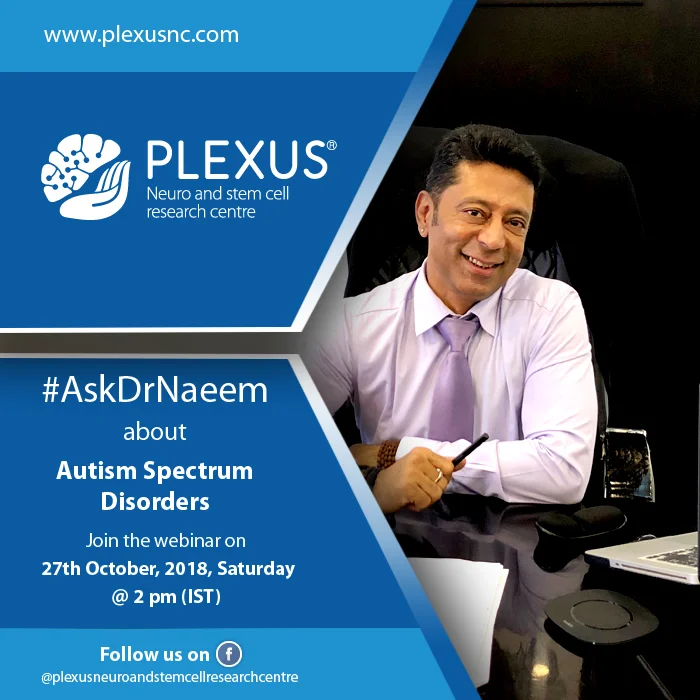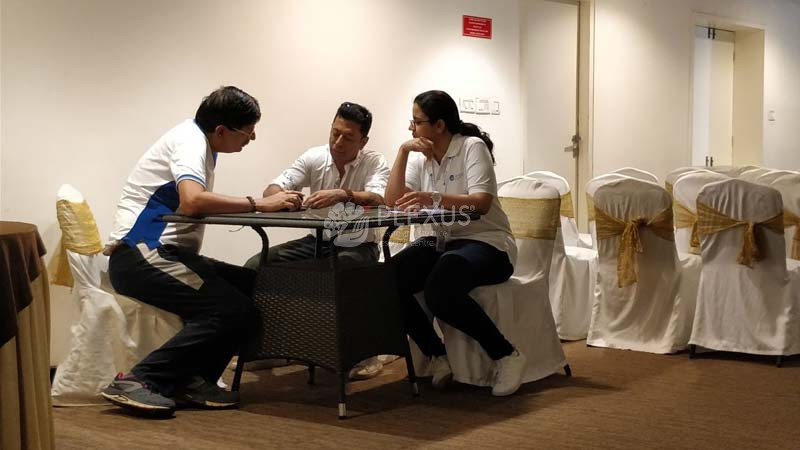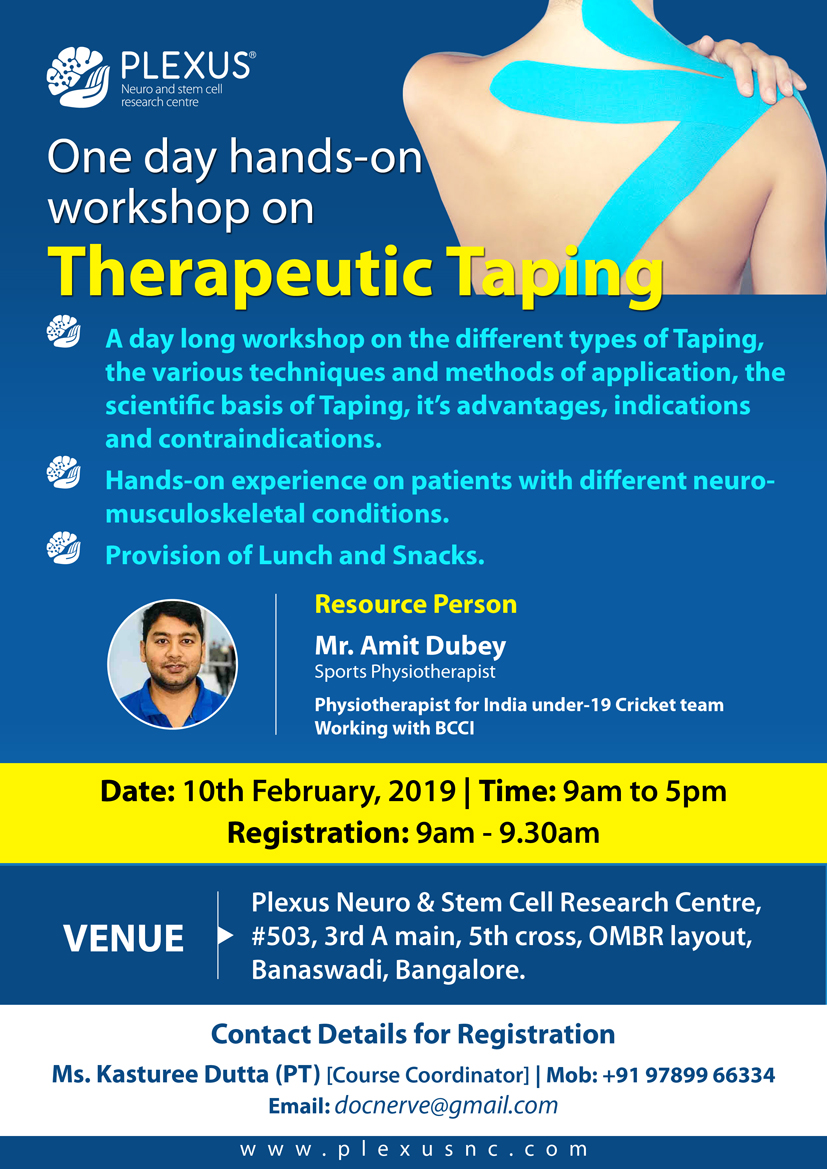
Spinocerebellar Ataxia (SCA) is more than a medical diagnosis — it’s a life-altering condition that affects how people move, speak, and interact with the world around them. As a rare, progressive, and often inherited disorder, it brings with it many questions, uncertainties, and challenges. But with the right understanding and support, individuals with SCA can continue to lead fulfilling lives.
What is Spinocerebellar Ataxia?
Spinocerebellar Ataxia (SCA), also known as Spinocerebellar Atrophy or Spinocerebellar Degeneration, is a progressive neurodegenerative disorder that affects the cerebellum—the part of the brain that controls coordination, balance, and movement.
It is genetic and can be passed from parent to child even if the parent doesn’t show symptoms. SCA is classified as a rare disease and is one of the many types of hereditary ataxias. While symptoms often appear in adulthood, some forms can begin in adolescence or even earlier.
Causes of Spinocerebellar Ataxia
SCA is caused by mutations in specific genes, typically passed on through either autosomal dominant or autosomal recessive inheritance.
Autosomal dominant SCA often results from trinucleotide repeat expansions—a repeating sequence of DNA that becomes abnormally long.
The greater the number of repeats, the earlier and more severe the onset.
Autosomal recessive SCA tends to appear earlier in life but lacks the “anticipation” seen in dominant forms.
In up to 25–40% of cases, the exact genetic cause may remain unidentified.
When a known gene mutation is not identified, doctors may recommend MRI or CT scans to observe characteristic changes in the cerebellum.
Symptoms and Early Signs
The hallmark of SCA is ataxia—a loss of coordination and control in voluntary movements. Early symptoms may be subtle but worsen over time.
Common signs include:
- Difficulty walking (unsteady, wide-based gait)
- Poor hand-eye coordination
- Tremors and clumsiness
- Slurred speech and swallowing difficulty
- Involuntary eye movements (nystagmus)
- Difficulty with fine motor skills like writing or buttoning clothes
Symptoms typically begin in mid-to-late adulthood, but some forms may present earlier.
Types of Spinocerebellar Ataxia & Their Symptoms
There are over 50 known subtypes of SCA, each linked to specific gene mutations. They’re usually numbered (SCA1, SCA2, etc.) based on the order of their discovery—not severity.
Here’s a look at some key types:
SCA1: Causes progressive speech and swallowing difficulty, along with muscle stiffness and coordination issues.
SCA2: Involves slow eye movements, muscle weakness, and tremors.
SCA3 (Machado-Joseph Disease): One of the most common types, marked by rigidity, spasticity, and dystonia.
SCA6: Often milder, with balance issues and eye movement abnormalities.
SCA7: Includes vision loss in addition to balance and coordination problems.
Each type has overlapping but unique symptom profiles. Genetic testing can help confirm the specific subtype.
How Spinocerebellar Ataxia is Diagnosed
Diagnosis typically includes:
- A thorough neurological exam
- MRI/CT scans to assess cerebellar degeneration
- Genetic testing to confirm the specific SCA subtype
- Family history review
- Rule-out tests for other neurological conditions
Treatment for Spinocerebellar Ataxia at Plexus
While there is no known cure for SCA, the right combination of therapies can significantly improve quality of life. At Plexus, treatment involves an intensive neuro-rehabilitation program, customized to each patient’s condition.
Rehabilitation for Spinocerebellar Ataxia
Physiotherapy
- Gait and balance training
- Trunk and core strengthening
- Coordination and posture correction
- Vestibular rehabilitation
Occupational Therapy
- Enhancing independence in daily activities
- Indoor and community mobility training
- Hand function and handwriting exercises
Speech Therapy
- Exercises to improve clarity and speech articulation
- Swallowing techniques and oral motor strengthening
- Use of assistive communication devices, if needed
The goal of rehab is to maximize independence, reduce falls, and enhance the ability to engage in everyday tasks.
FAQ’s
What is the life expectancy of someone with spinocerebellar ataxia?
Life expectancy varies by subtype and severity. Many individuals live into their 50s–60s, though supportive care can help extend both lifespan and quality of life.
Can physical therapy help with spinocerebellar ataxia?
Yes. Physical therapy is one of the most effective ways to manage symptoms. It helps improve gait, stability, strength, and prevents further loss of coordination.
What are the first signs of spinocerebellar ataxia?
Typically, balance issues and coordination problems are the first signs. Slurred speech and tremors may follow.
How do I find the best neurology clinic for spinocerebellar ataxia?
Look for a center with:
- A multidisciplinary neuro-rehab team
- Experience in hereditary ataxias
- Advanced therapies like Cell Therapy
- Patient success stories and personalized care
Plexus is one of India’s only centers offering all these in one place.
What vitamin is good for ataxia?
Vitamin E and B12 have shown benefits in stabilizing early symptoms. Always consult your doctor before starting supplements.
Does spinocerebellar ataxia get worse over time?
Yes, it is a progressive disorder. However, early treatment can slow the rate of degeneration.
Is spinocerebellar ataxia fatal?
While not immediately fatal, complications from SCA can impact life expectancy. Comprehensive care is key to managing symptoms.
What causes spinocerebellar ataxia genetically?
SCA is caused by mutations in specific genes that affect nerve function in the brain and spinal cord.
Is spinocerebellar ataxia inherited from parents?
Yes, most types of SCA are inherited in an autosomal dominant pattern from one affected parent.
What is the role of genetic testing in diagnosing SCA?
Genetic testing helps confirm the diagnosis and identify the specific type of SCA.
Can genetic counseling help families affected by SCA?
Yes, genetic counseling provides guidance on inheritance, testing options, and family planning.
What does anticipation mean in spinocerebellar ataxia?
Anticipation refers to symptoms appearing earlier or worsening with each generation.
Let’s Take the First Step Together
At Plexus, we believe progress is always possible. Our integrated treatment programs are designed to support not just the patient, but their family too — every step of the way.
Bangalore: +91 93555 33404
Hyderabad: +91 78159 64668
WhatsApp: +91 89048 42087










